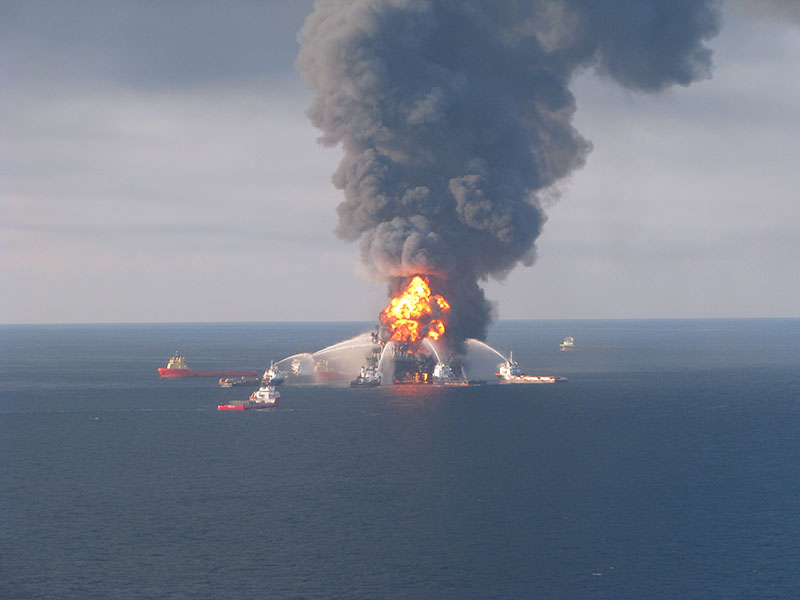The federal Bureau of Safety and Environmental Enforcement has issued its final well control rule, with revisions long sought by offshore oil and gas operators who contend safeguards imposed after the 2010 Deepwater Horizon disaster had become unnecessarily burdensome.
The Department of Interior proposed amending the rules in May 2018, pitching it as part of the Trump administration efforts for regulatory reform and U.S. energy security. Critics dubbed it a rollback of safety rules. After a year of review and 118,000 public comments, the agency posted its proposed rule Thursday.
The post-Deepwater Horizon rule, “while well intentioned, was flawed with technical problems that actually detracted from the goal of safe operations,” said Randall Luthi, president of the National Offshore Industries Association, after the BSEE announcement in the industry’s hub of Port Fourchon, La. “BSSE’s final revisions, which leave the original rule largely intact, further manage risks and better protect workers and the environment, making drilling safer.”
Environmental groups that opposed the changes still characterize them as “gutting” the safety improvements.
“The well control rule was one of the most important actions we took, as a nation, in response to the BP-style disaster at sea. The rule draws directly from lessons learned from that debacle,” said Bob Deans, director of strategic engagement at the Natural Resources Defense Council.
“It creates tools to help reduce the risk of these dangerous industrial operations at sea. If the Trump administration’s final rule weakens these protections, as its proposed changes did, it will put our workers, waters and wildlife at needless risk.”

The Well Control Rule addresses requirements for blowout preventers. Coast Guard photo
Administration officials said the rule, officially known as the Blowout Preventer Systems and Well Control Regulations, removed unnecessary regulatory burdens while maintaining environmental protection.
“Today’s final rule puts safety first, both public and environmental safety, in a common sense way,” said Secretary of the Interior David Bernhardt. “Incorporating the best available science, best practices and technological innovations of the past decade, the rule eliminates unnecessary regulatory burdens while maintaining safety and environmental protection offshore.”
BSEE officials said the final revised rule leaves unchanged 274 out of 342 provisions in the original Well Control Rule, or about 80%.
“Furthermore, BSEE considered all 424 recommendations arising from 26 separate reports from 14 different organizations developed in the wake of and in response to the Deepwater Horizon and found that none of the revisions contravened any of these recommendations,” according to a statement from the agency.
Critics said the rule changes would end too many requirements for technical reviews, including third-party certification of emergency equipment. For their part, BSEE officials say they added improvements to blowout preventer design and testing, including:
Limiting the number of connection points to BOPs, to reduce the number of potential failure points.
Equipping each BOP with a high-flow receptacle to ensure faster delivery of fluid to perform the function from a remotely operated vehicle (ROV).
Requiring an array of rams – the steel covers that close quickly around and over a drill pipe to stop oil and gas – with specific capabilities, for the most effective use of each ram type and functionality.
Improving the expected lifespan of a critical BOP component by specifying a testing methodology that provides a readiness check without putting unnecessary wear and tear on the component.





